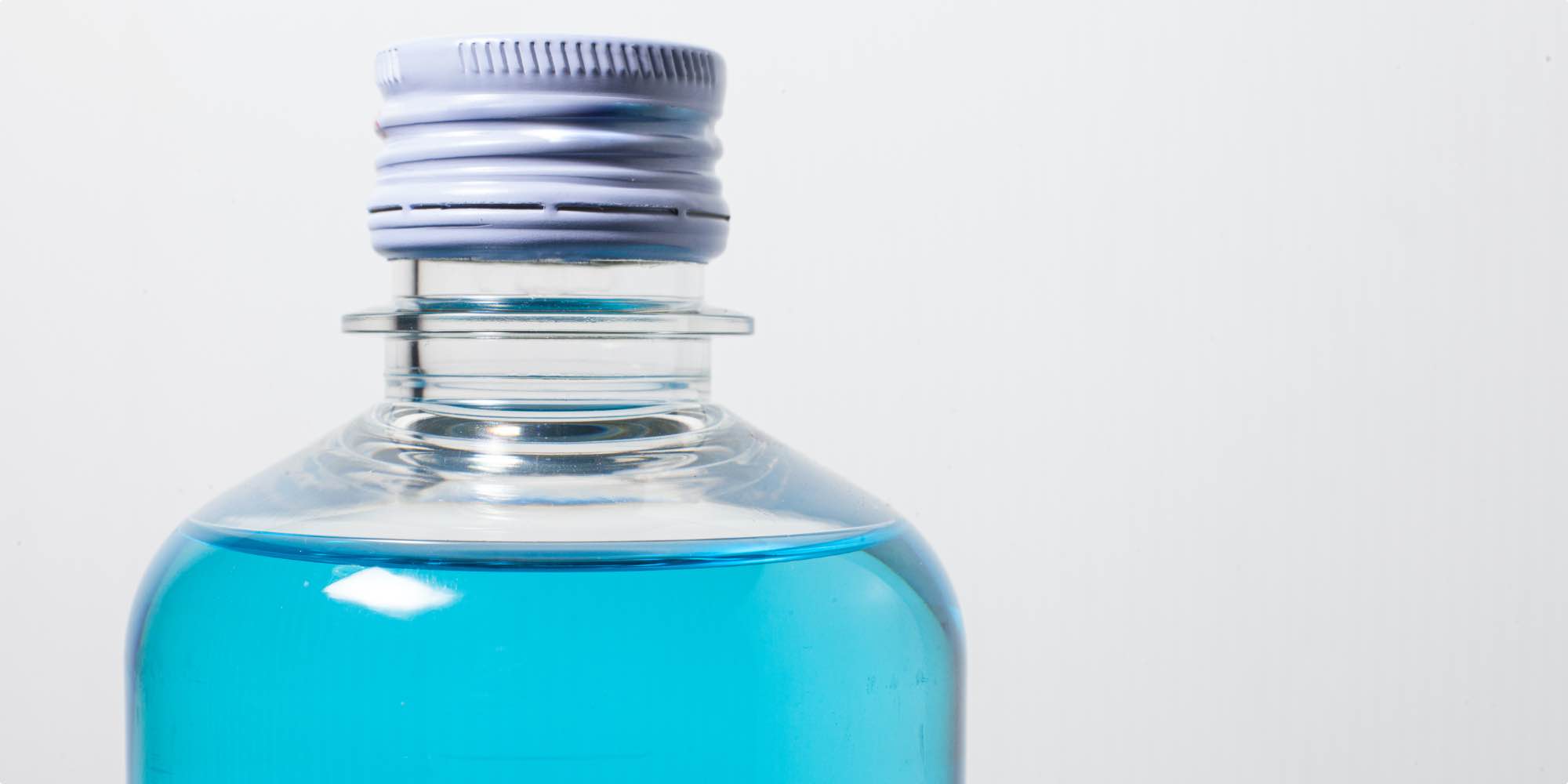Alcohol remains the most commonly used substance in the United States. With constant exposure through social media and entertainment, it’s no surprise that alcohol abuse has become a serious concern nationwide.
When drinking escalates into alcohol abuse, the risks can be severe. Over time, a person may develop alcohol dependence, leading to dangerous side effects such as slurred speech, confusion, breathing difficulties, coma, and even death. The CDC estimates that excessive drinking leads to around 178,000 deaths in the United States every year—a stark reminder of how dangerous alcohol abuse can be when left unchecked.









